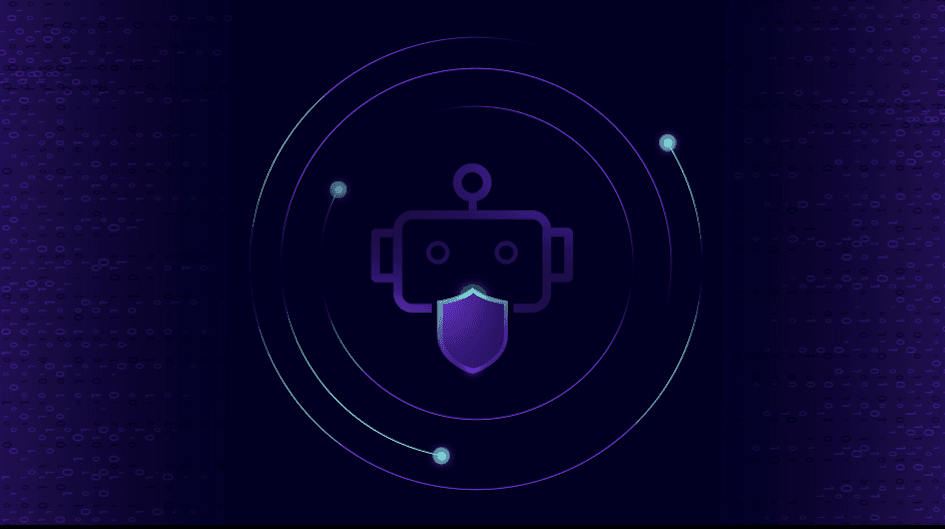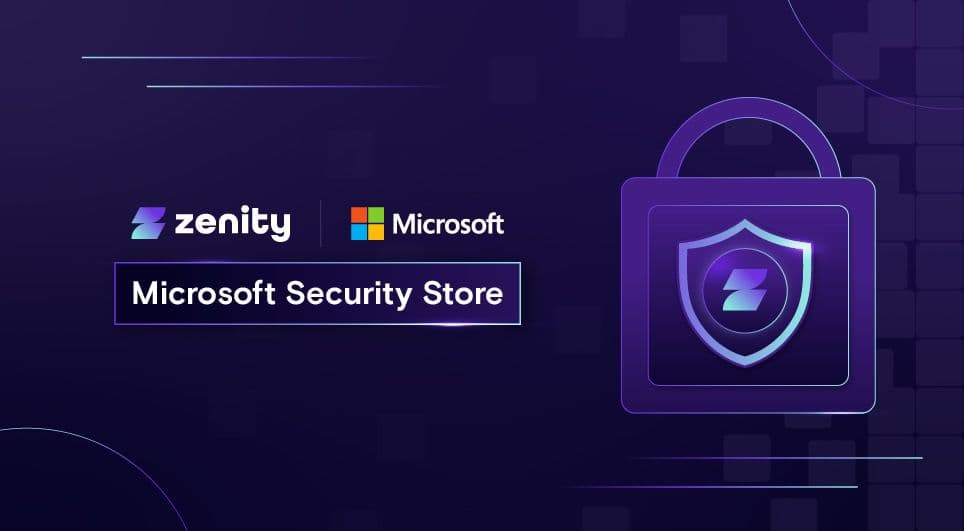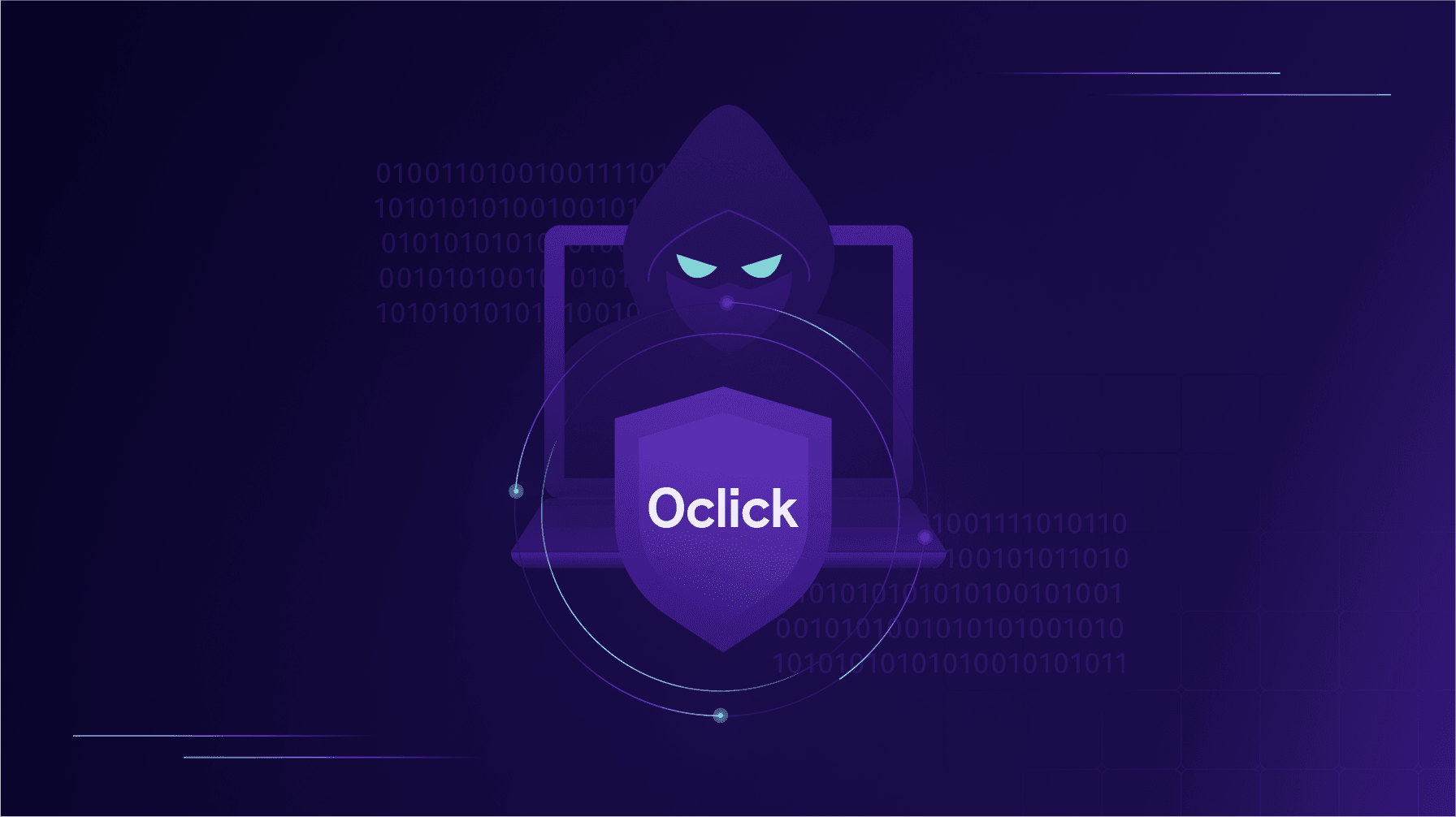Cybersecurity in the Low-Code Age: Emerging Threats and Protective Strategies

Low-code platforms have become a transformative force in the dynamic world of software development. They’ve democratized the designing, building, and deployment of software, which has had a ripple effect across entire industries. Today, with minimal coding expertise, users can craft innovative applications tailored to meet the needs of consumers and businesses alike.
But the allure of low-code simplicity also creates a challenge. With user-friendly interfaces and pre-built templates, these low-code environments also mask potential vulnerabilities. This, in turn, creates a potential breeding ground for security oversights. In this article, we’ll examine how proactive security measures and organizational strategies can help keep users safe.
What is Low-Code Development?
At its core, low-code development is a fundamental paradigm shift in how software is created. By minimizing the need for traditional, hand-coded programming, these platforms empower developers and non-technical users alike to develop apps. At the heart of low-code development are features like pre-built templates, drag-and-drop components, and a user-friendly interface. This approach shortcuts the development process and enables a faster time-to-market.
Low-code development is a critical tool for businesses that lets them quickly adapt to market shifts while improving the customer experience. Low-code platforms bridge the gap between IT and business, allowing for rapid prototyping and iteration of ideas. However, this ease of use is not without its drawbacks.
What Are Some Emerging Cybersecurity Threats to Watch for in Low-Code Platforms?
As low-code platforms become more integrated within enterprise technology, they open the door for specific cybersecurity threats. For example, low-code environments simplify the application development process so that user access and permissions can be overlooked. Without stringent, role-based access controls, low-code applications can become gateways for data breaches.
Low-code environments also present vulnerabilities unique to how they are designed and operated. For example, a drag-and-drop user interface can mask underlying security flaws hidden in pre-made components. Low-code platforms also often use data binding to connect UI elements to data sources. If these bindings are not securely configured, they can become vectors for data manipulation.
Moreover, due to the shared-resource model standard in low-code platforms, a vulnerability in one app can mean a vulnerability in all of them. The ease of use and speed of development in low-code platforms sometimes come at the expense of security features.
Integrating third-party services, APIs, and external libraries adds another layer of threats that must be mitigated. Although these integrations are designed to extend the functionality and capability of low-code applications, they also present an opportunity for exploitation.
How Can Low-Code Development Platforms Mitigate Risks?
There are several ways that low-code development platforms of all kinds can mitigate security threats. Including:
Robust Access Control and Authentication
Ensure that only authorized users can access specific functionalities and data. Authentication mechanisms such as multi-factor authentication and strong password policies can add additional layers of security.
Take the time to enforce and control granular permissions to ensure users only have access to the resources needed for their roles. Taking these steps will significantly enhance overall security and mitigate various cybersecurity threats.
Regular Security Audits and Vulnerability Assessments
Regular security audits are crucial in maintaining low-code platforms’ integrity. It’s a good idea to examine the code periodically to identify potential weaknesses or vulnerabilities. It’s also good to note the organization’s policies and procedures to ensure compliance. Having strong security protocols in place deters any would-be actors with malicious intent.
Cybersecurity threats will continue to evolve in frequency and sophistication, so regular audits are needed to stay one step ahead of breaches.
Secure Integrations with API Use
As APIs facilitate communication between different software components, it’s often up to them to handle sensitive data. Implementing secure API strategies such as:
- Strong authentication and authorization measures
- Using OAuth, API keys, or JWT tokens for access control
- Encrypting data in transit and at rest
- Rate-limiting and throttling
It can help mitigate issues like DDOS attacks while ensuring the APIs are available for legitimate users.
Creating a Security-First Culture
Best cybersecurity practices are about more than protecting code. It’s essential to weave cybersecurity awareness and practices into the very fabric of business operations. Leadership must advocate for and actively participate in cybersecurity training and awareness programs to create a top-down cultural shift.
Rather than making cybersecurity the sole IT responsibility, it’s vital to make it a collective organizational duty. Simulations of phishing attacks and discussions about recent cyber incidents can keep awareness at the forefront. Plus, creating accessible channels to report suspicious behavior or activities encourages vigilance among staff.
How Zenity.io Can Help
Zenity.io allows organizations to leverage low-code technologies while ensuring enterprise-grade security. At its core, Zenity operates on a security-first basis, ensuring SOC Type 2 and GDPR compliance. For those organizations that need to adhere to strict regulatory standards, Zenity.io is an intelligent choice.
The service itself works as a three-pronged approach:
- Discover
- Mitigate and
- Govern
This allows organizations to maintain an up-to-date list of low-code or no-code apps while implementing security policies and features. Zenity is built to be intuitive, enforcing security without stifling innovation.
The service provides clear guidance on prioritizing violations and detailed remediation steps. These helpful “playbooks” allow organizations and businesses of all sizes to deal swiftly with threats before the app or platform is compromised.
In addition, Zenity is explicitly designed to cater to the unique cybersecurity challenges posed by low-code development, such as shadow IT, configuration drifts, insecure app usage, and third-party vulnerabilities.
In short, Zenity bridges the gap between robust security for low-code environments without hindering development. In this way, developers and consumers alike are empowered to launch innovative, efficient, and, most importantly, secure apps. To learn more, contact us or visit Zenity.io.
Read More: What a Vulnerability in Salesforce Apex Code Means for You
Read More: Lessons Learned from a Bot Gone Astray
Read More: Open AI’s GPT Store: What to Know
All ArticlesRelated blog posts

Demystifying AI Agent Security
Let me be the first to say it, this space - AI agent security and governance - can be confusing. When I joined...

Zenity Joins the Microsoft Security Store: Securing AI Agents Everywhere, Together
We’re thrilled to share that Zenity is included in the unveiling of the Microsoft Security Store Partner Ecosystem....

0Click Attacks: When TTPs Resurface Across Platforms
If there’s one lesson security teams should take from recent disclosures, it’s this: AI agent attack techniques...
Secure Your Agents
We’d love to chat with you about how your team can secure and govern AI Agents everywhere.
Get a Demo